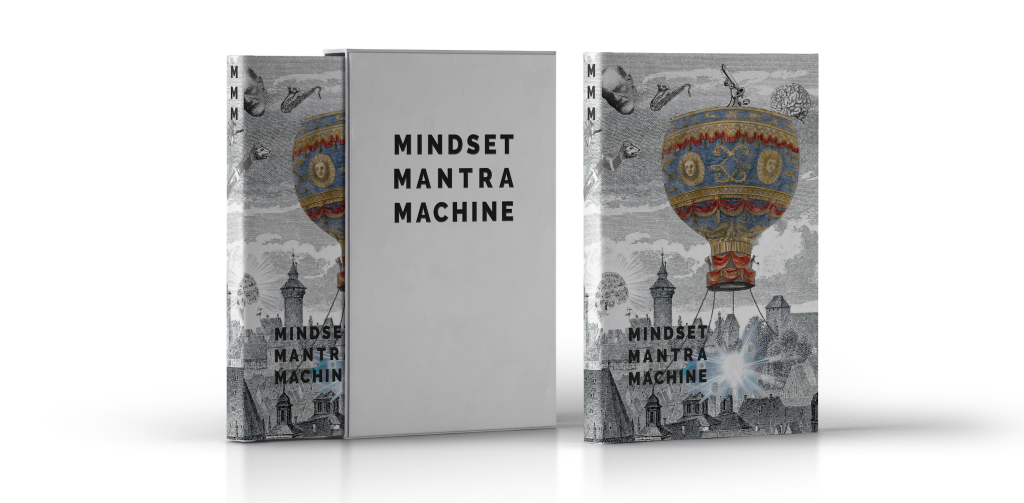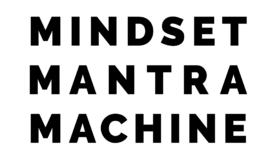
The MINDSET MANTRA MACHINE (MMM) is a hybrid learning project that aims to build up a comprehensive collection of 21st century competencies to drive sustainable transformation. We want to develop nothing less than a new educational ideal for the third millennium.
A metaphorical machine that has human learning at its core. A human machine that challenges and replaces deadlocked beliefs with a new attitude (mindset) and at the same time anchors the belief in a better future (mantra). In short, a MINDSET MANTRA MACHINE.
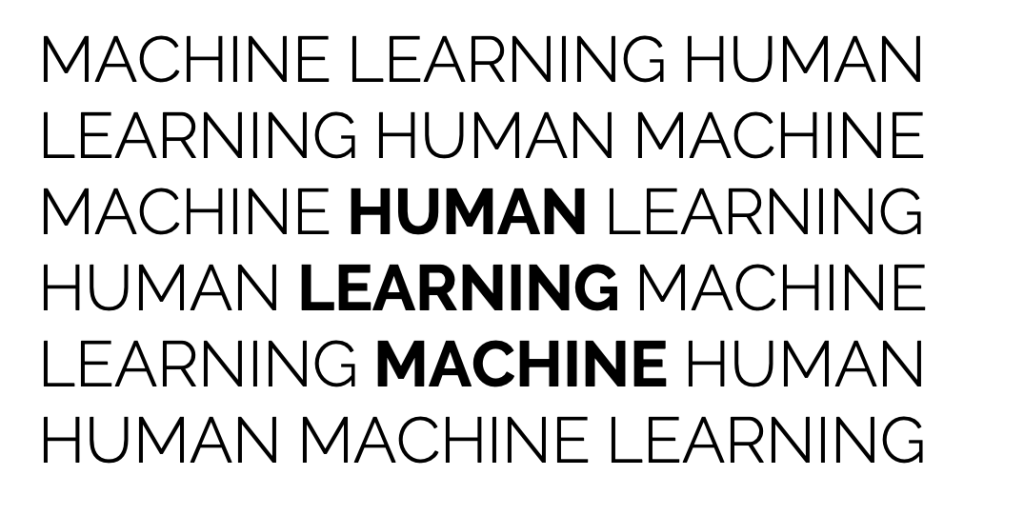
The project takes up the old metaphor of the Nuremberg Funnel – a jocular description of a mechanical way of learning and teaching – and transfers the story to the 21st century as the MINDSET MANTRA MACHINE. Our machine will come to life not by academically ruminating about possible solutions, but by discovering radically new ways of learning and teaching in a framework that allows for the combination of ideas that would never have found each other under conventional scientific methods. We do not anticipate outcomes. Simply because we do not believe to think in solutions from the very beginning. Nor do we postulate HOW to proceed. However, we do postulate (in the sense of Harsdöffer) an aesthetic system fed by an irrepressible will to create knowledge that is relevant to a learning society.
So what do we do? We ”solely“ create a framework that enables creativity to the highest degree. This framework is declared a game. The rules of this games make up the aesthetic algorithm of our machine. They are developed and constantly adapted by game designers and cognitive and behavioral scientists in mutual exchange with other disciplines.
We start with three rules:
- Each discipline is as relevant as the other. There is no pecking order between art, science and craft.
- Conflicts create diversity. The fundamental principle of both innovation and art is the uniting of contradictions on a meta-level. The goal is to connect things that are supposedly not connectable – by developing a comprehensive idea that stands above the respective levels by means of aesthetic mechanisms.
- Creativity is hard. Iteration is an imperative of innovation. The willingness to exert oneself every day is essential. Methods won’t suffice, it is hard work that makes a system run. Beuys said: „You have to wear yourself out on something, but you have to wear yourself out, otherwise it doesn’t make any sense.”
What will follow is like

The heroes move out of their comfort zone into the wilderness of a mysterious new. Their mission is to fight back the evil and discover a better way of learning. They don’t know where the story will lead them nor how it ends, but nevertheless they take on the uncertainty and the darkness and they do everything the story demands from them to complete their mission. This is highly exciting! In the end of our game lies bitter truth or new discovery; the holy grail, the philosopher’s stone, or even the source code of the Matrix – who knows? All this is the MINDSET MANTRA MACHINE. One thing’s for sure though – it will attract attention.
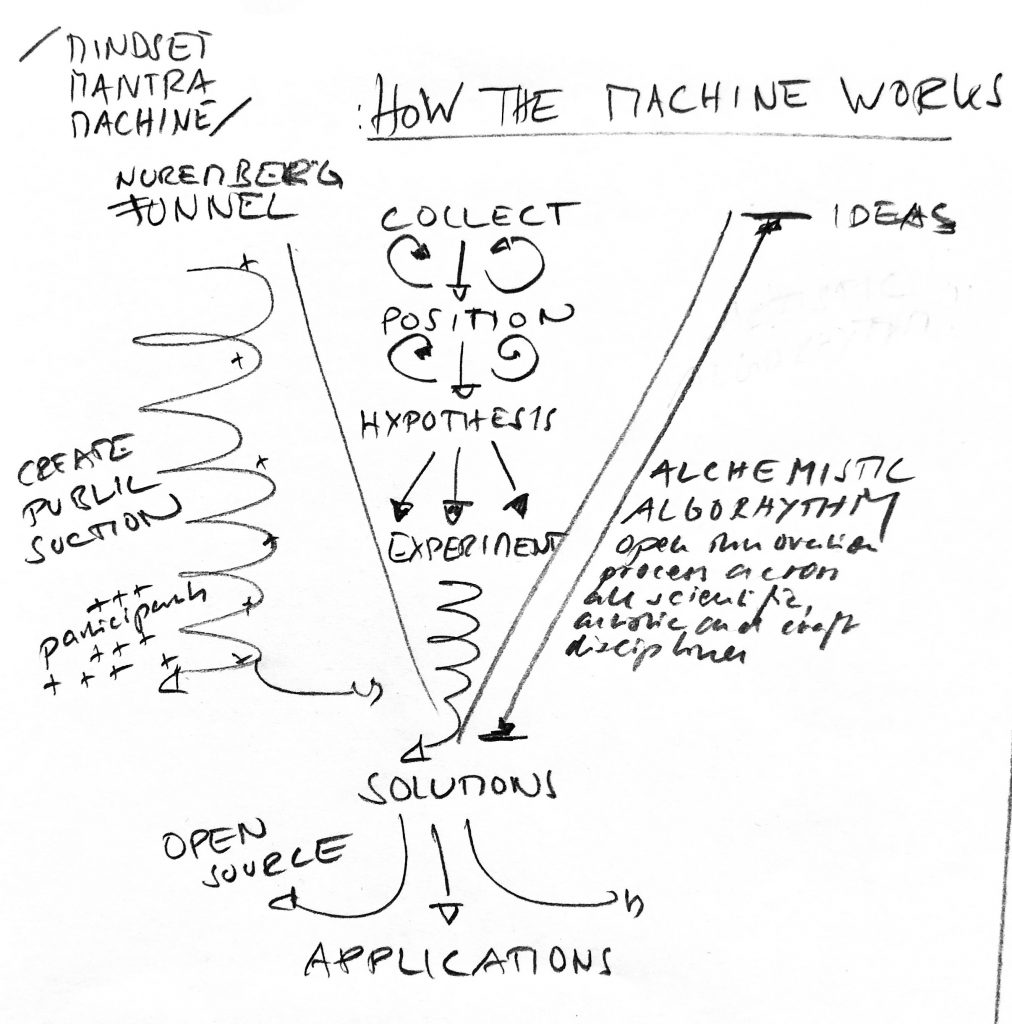
COLLECT
THE DOCUMENTARY A discourse with social relevance can only be created through public attention. This film is the prologue to the MINDSET MANTRA MACHINE. It raises a fundamental question and at the same time collects answers from people at the forefront of societal discourse. The kick-off research for the MMM project will, therefore, be a series of filmic interviews with the most exposed artists, researchers and intellectual masterminds in the field of human learning.
THE STORY What is this film about? The protagonists will consist of a diverse set of well-known people like the Dalai Lama, Malala Yousafzai (Nobel Peace Prize Winner), Marina Abramovic (Performance Artist), Jürgen Habermas (Sociologist), Audrey Azoulay (Director General UNESCO), Richard David Precht (Philosopher), Naomi Klein (Journalist and Political Activist), Hans Zimmer (Composer), Oprah Winfrey (Entrepreneur and Philanthropist), Yuval Harari (Historian) and many more. In short, people who have a sharp eye on a rapidly transforming world in which the relationship of humans and machines is about to be renegotiated.
In the course of the story we learn a great deal about the heroes and the world we live in. Our protagonists can point out both cause and effect of this dynamic extremely well and excitingly. The short interviews will be looking for clues how to deal with the emerging gap between human and technological development. In the sense of Beuys, our heroes act as artists – they are already working diligently on the great sculpture of society.
But what would a great story be without an adversary? Our antagonist is Elon Musk who is also an artist. He, too, creates attention by not avoiding the conflict between men and machine. In fact, Musk makes clever use of this tension. He declares the AI to be the enemy and presents a potential solution: the human machine or the neura-linked brain-computer interface.
Musk turns fear into power fantasies. This is how he wins investors. Musk masters the rules of „hyper-capitalism“ and uses them consistently throughout his ventures. Musk defines what progress is. For him, progress is synonymous with technological advancement. However, the mix of technology, capitalism and power is not a foregone conclusion.
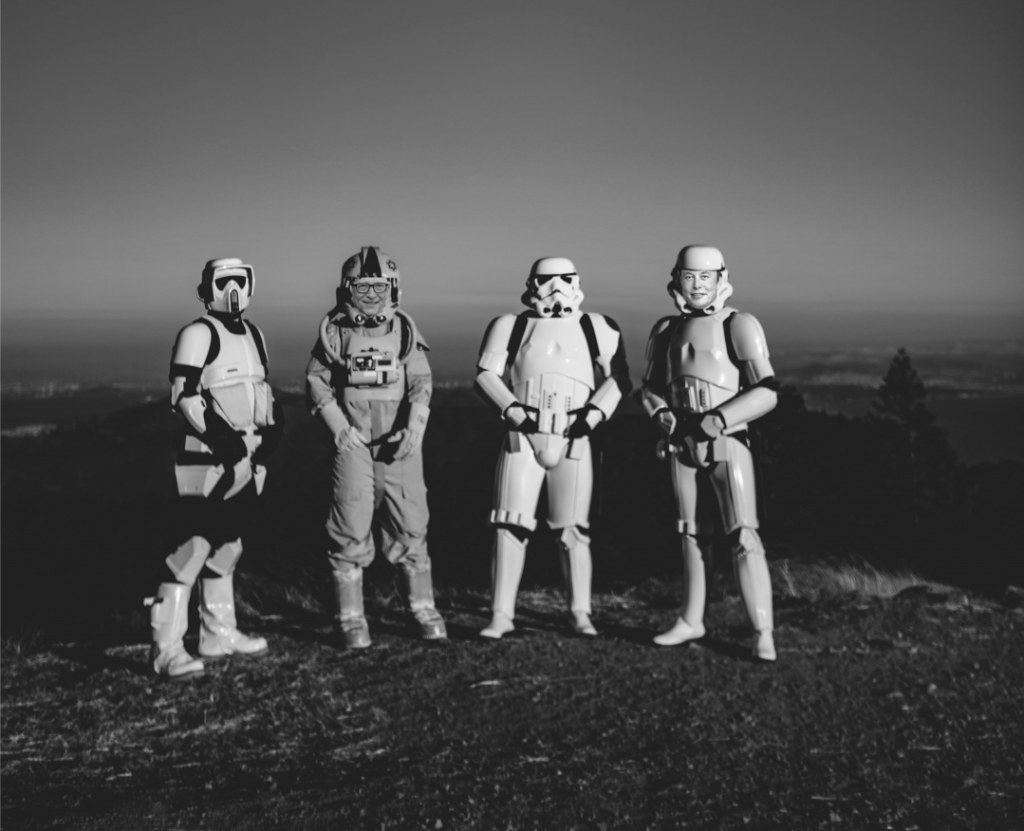
Musk’s stories are the better ones up to now. He flies to Mars, he builds hyperloop tunnels and self-driving cars. In the Corona crisis, he even offers to build ventilators in his factories. A tech-jack of all trades! But what if the technology doesn’t solve all the problems? What if there is a better paradigm out there? We wouldn’t hear it. Because they’re just thoughts and concerns. But people need stories. Great stories, to make people really, really change things for good. Currently, the world seems to have the choice between machine or man-machine? Between artificial or technology enhanced organic-intelligence?
But our heroes will move out to challenge the fantasies of technological omnipotence. Their weapon is their ability to learn, to adapt, and to think in bigger contexts. Their human intelligence! Learning will be THE project of the next millennium. It has the potential to replace the tyranny of data with something better. That’s the question the film will raise – by confronting the smartest humans with it.
The insights of this film will then be the fuel for the MINDSET MANTRA MACHINE. A human learning machine that will be built by more and more people with more and more ideas – without the intention of making a financial profit. It will create a pull of attention. The big narrative of the future will not be the „power of the extended arm“, but the power of our minds and hearts.
EXPERIMENT
The MMM will be developed in an educational laboratory, the Laboratory for Experiential Learning (LEL). The LEL – located in an old brewery complex 30 minutes from Nuremberg – will offer free room of experimentation, host an international artist and scientist in residence program, and will organize numerous events before, during and after 2025. The Laboratory will work in the best Cartesian sense, applying the principle of doubt to itself, questioning all the found certainties of learning (PAST) before embarking on new paths to find the Philosopher’s Stone (FORWARD).
THE PAST Like no other symbol, the Nuremberg funnel stands for the desire to find a shortcut to learning, i.e. to learn mechanically and to “set up” knowledge in the form of data and store it in the brain as in a machine. This way the Nuremberg Funnel became a metaphor for the eternal desire to acquire knowledge quickly and without effort.
But this is a misconception! Originally, the Nuremberg poet Georg Philipp Harsdörffer chose the concept of the “funnel” as a metaphor for the careful use of time. In his textbook for learning poetry, he compares learning without systematic instructions with pouring wine without a funnel, which is like wasting time. The Nuremberg funnel is thus the exact opposite of machine learning. It is a symbol of an effort to create something deeply human and unique that distinguishes man from machines. In the face of the digital revolution and the resulting social tensions, Harsdöffer’s vision takes on a new basis of need. Instead of paralyzing insecurity, supposedly self-protecting demarcation and small-scale carving in one’s own comfort zone, the exact opposite is to be realized. Therefore, this misconception must be corrected, and the funnel must be reinvented.
THE FORWARD Cogito ergo sum. I think, therefore I am. The rationalization of man as a dualistic machine – consisting of physical hardware and mental software – has not only decoupled the body from the mind, but also man from nature. The desire to control the world technically, however, now leads to an existential cul-de-sac. Moreover, man himself now runs the risk of being made superfluous by intelligent machines. In a world of seemingly boundless growth, the human machine is now competing not only with mechanical but also with digital machines. To survive in the race with artificial intelligence, the human machine is cramped for a shortcut to acquire more and more knowledge in less and less time. An undertaking that will be doomed to failure in many respects. Homo ex machina! It is time to rethink the path we have chosen and to redefine the role that mankind will play in that game of technological abundance.
The laboratory does not succeed by philosophizing theoretically, but by experimenting practically. By not only dealing with learning content, i.e. WHAT should be poured into the funnel, but also with learning formats, i.e. HOW the funnel works. The aim is to fuse the latest research findings from various disciplines with the means of art to create new didactic formats. The MINDSET MANTRA MACHINE is thus developed by gaining knowledge through experience and thus improving not only ourselves but also the world. Joseph Beuys’ “Social Sculpture” offers the link to improve society as a whole. Beuys’ “Extended Concept of Art” declares society to be a “Social Sculpture” on which we can all work. He said that every person can be an artist if openness, creativity, imagination and spirituality are encouraged and practiced.
ANALOG The LEL is defined by the self-designed environment, by the presence of the participants (“artists/scientists in residence”) within the community. All components will be designed to create a special “atmosphere of trust and mindfulness in the field of experimentation” as an ongoing process. This is how the framework for optimal collaboration and learning within the art/craft/science disciplines will be developed.
DIGITAL Scientists and artists from other countries have the opportunity to contribute via the digital platform. The digital platform, including chat rooms, a gitbook and all recording material such as films, podcasts, etc., constantly maintains the discourse.
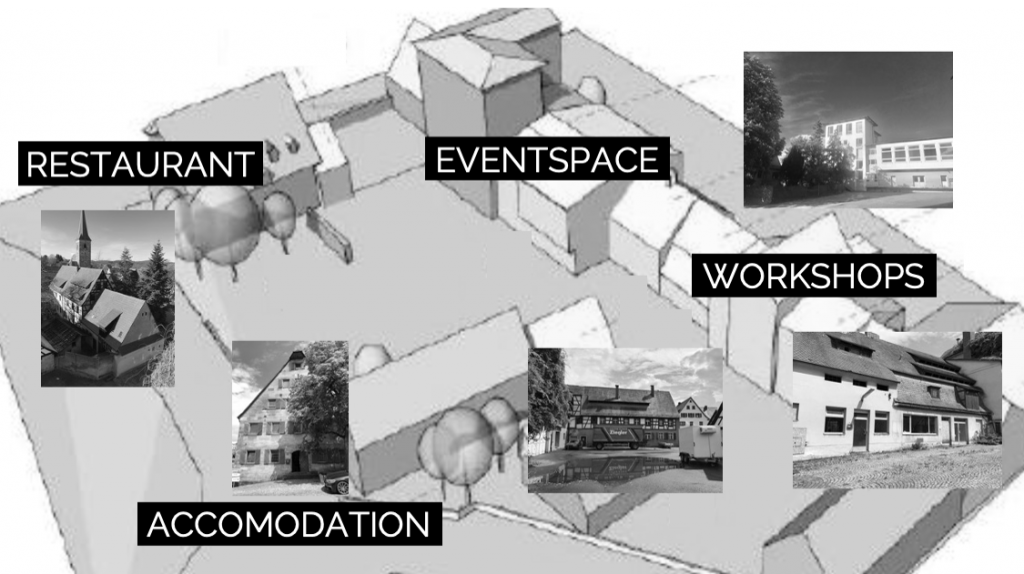
The LEL will be built as an interim use project on the former Kronenbräu site with approx. 5,000 m² – in close collaboration with the owner Michael Schmutzer (Design Offices). The area is located in the centre of Ottensoos. The village has a population of around 2,000 and is in the Nürnberger Land district. The surrounding medium-sized centres of Lauf an der Pegnitz and Hersbruck can be reached in a few minutes. The motorway junction (A9) is only 3 km away. The city centre of Nuremberg can be reached in 30 minutes by train, with the train station in walking distance from the site.
PROCLAIM
In view of the international dimension, the project requires a lead art project to emphasize the core notion of the new Bildungsideal. Therefore, the Nuremberg Funnel shall be “reinterpreted” in a hovering, balloon-like installation above the city center of Nuremberg during the 2025 cultural exhibitions.
Analogue and virtual symbol for the MMM – and the reinvention of the funnel – is the installation of a balloon above the Nuremberg Castle (by Tomás Saraceno). The balloon will be both an Augmented Reality installation revealing the virtual metamorphosis from PAST to FORWARD and a huge real-life sculpture above the castle of Nuremberg. This way the analog balloon turns into a huge virtual funnel that can be made visible with any smartphone. This way, the newly created funnel turns into a new advertising pillar for the new Bildungsideal. It will draw attention to the work of the lab and the creatives in residence. The public will be invited to participate themselves – either by crowdfunding balloon material or by sewing the balloon itself in the Laboratory for Experiential Learning (LEL).
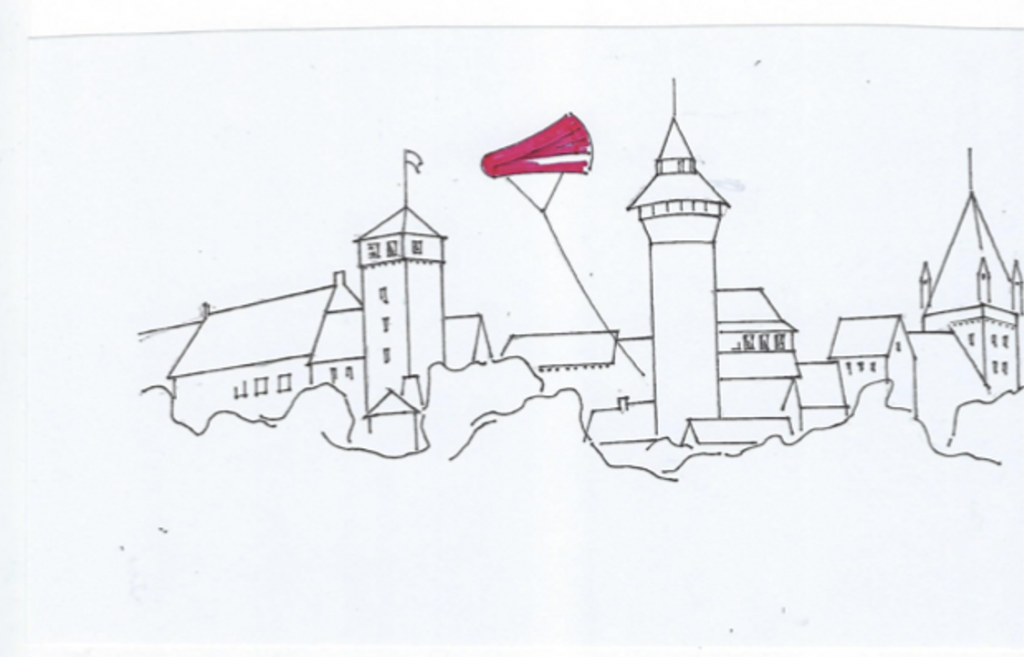
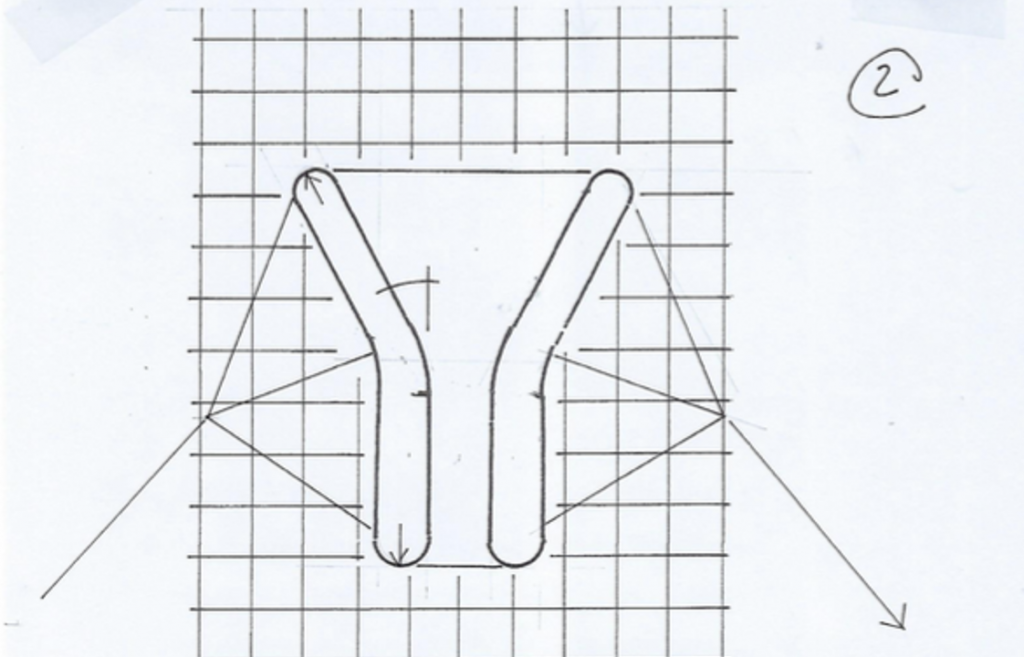
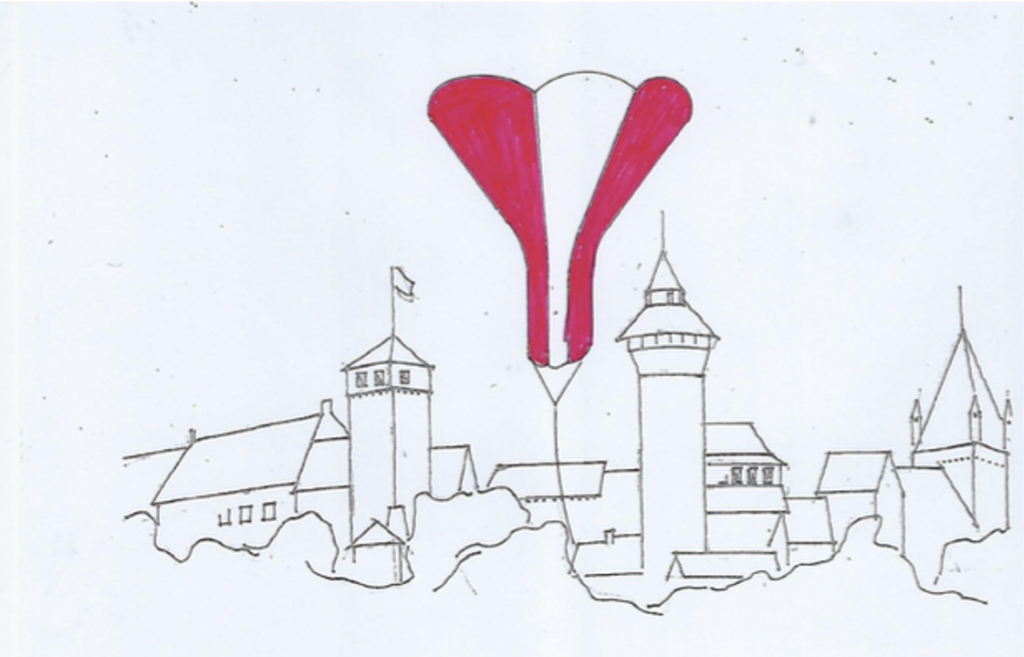
The lead artist: Tomás Saraceno’s practice moves towards the interweaving of different schools of thought, including art, life sciences and social sciences. His floating sculptures, collaborative projects and interactive installations, located at the intersection of these worlds, propose and explore new and sustainable ways of inhabiting and understanding the environment. We are pleased about his promise to be part of the realization of the Mindset Mantra Machine and to contribute his power and competence with the installation and its joint realization within the laboratory.
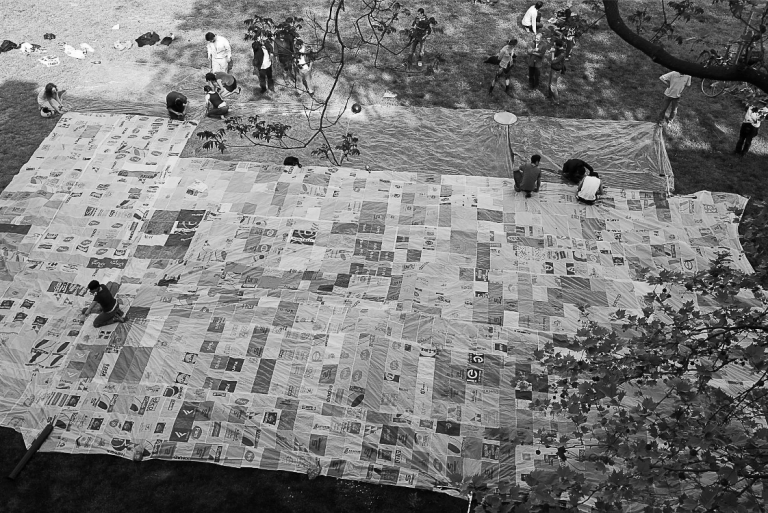
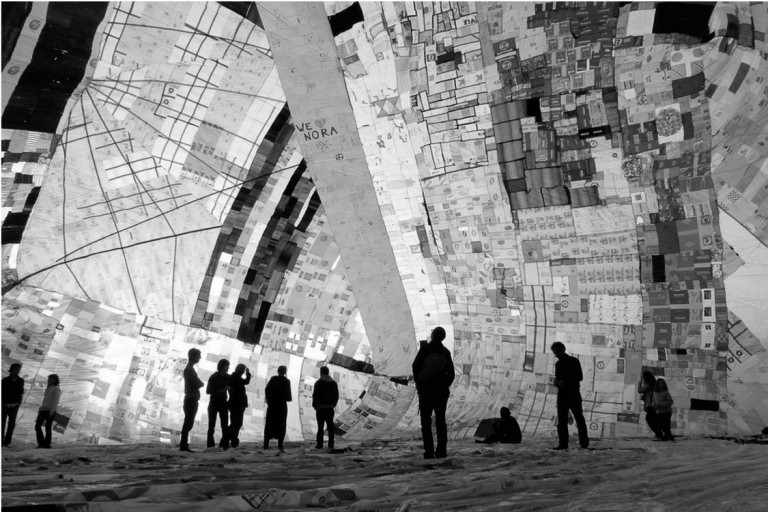
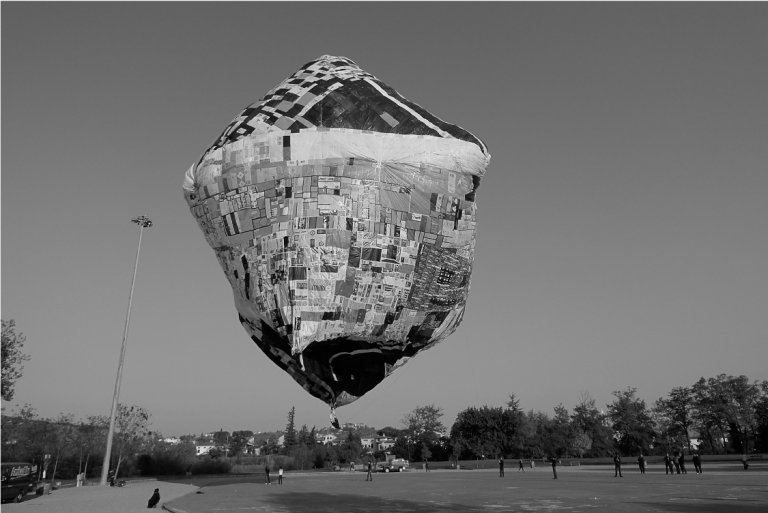
In 2007 Tomás Saraceno activated projects aimed at an ethical collaboration with the atmosphere, including the Museo Aero Solar. These projects grew into the international, interdisciplinary artist community AEROCENE, that wants to create an environment free of borders, free of fossil fuels. His work has been exhibited at the 58th International Art Exhibition – La Biennale di Venezia, the Carte Blanche exhibition ON AIR at the Palais de Tokyo, Paris (2018); A Thermodynamic Imaginary, at the Museum of Art, Architecture and Technology, Lisbon (2018), and many others. This work is exhibited in international collections, including the Bauhaus Museum, Weimar; the Museum of Modern Art, New York; SFMOMA, San Francisco; Walker Art Center, Minneapolis; and many others. More information is available at Studio Tomás Saraceno
THINK
We are in the middle of a global crisis; perhaps the biggest crisis of this century. The decisions we make in the coming years will shape the world for a very long time. Not only the economic and social systems, but above all the role that each and every one of us will play in this – ever more rapidly automated – world. We all need to assess the consequences of our actions and make conscious decisions about the kind of world we will live in after change. The world will soon be a different one. Technology will significantly change our lives, and we must learn how to deal with it now. Furthermore, we have reached a point in history where the perception of our human distinctiveness threatens the continued existence of the living conditions on this planet. It is not a question of denying our origins, but of creating a new awareness in the 21st century. A new mindset – suited for the challenges ahead of us. We need a meta-cognitive revolution in human education. We must first take a step back (PAST) and become aware of how our mind, our machine, works before we redesign Bildung in the new millennium (FORWARD).
So at the core it is always about learning. This is the unique opportunity of this millennium. The question is what will come to replace pure information technology? At the moment it seems that we only have the choice between machine or man-machine. This can’t be! There is a third option. But for this to happen, there must be a real intervention and it must not be focused backwards. We need to spark a new, grassroots, democratic educational ideal that questions everything in order to arrive at truly new ideas about how we can sensibly unite mankind, nature and technology.
We must therefore reopen research. Learning research requires interdisciplinarity. Learning research is research about/into/for human beings. Good research calls established things into question. At this point art is a catalyst. Art is intervention. It is about uniting disciplines. It is about uniting contradictions. That is a basic discipline of art. It uses the tension of contradictions and combines them with the means of aesthetics on a meta-level. This is inspiring and propulsive and generates the attention that is important for discourse.
The aim is to create self-confident and elastically thinking people who are open to the uncertainties of this fast-paced life. In this unstable, random, disordered world, we should grow and prosper all the more. The aim is not to become resilient or indifferent, but rather to take advantage of opportunities in chaos in order to become better and better over time.
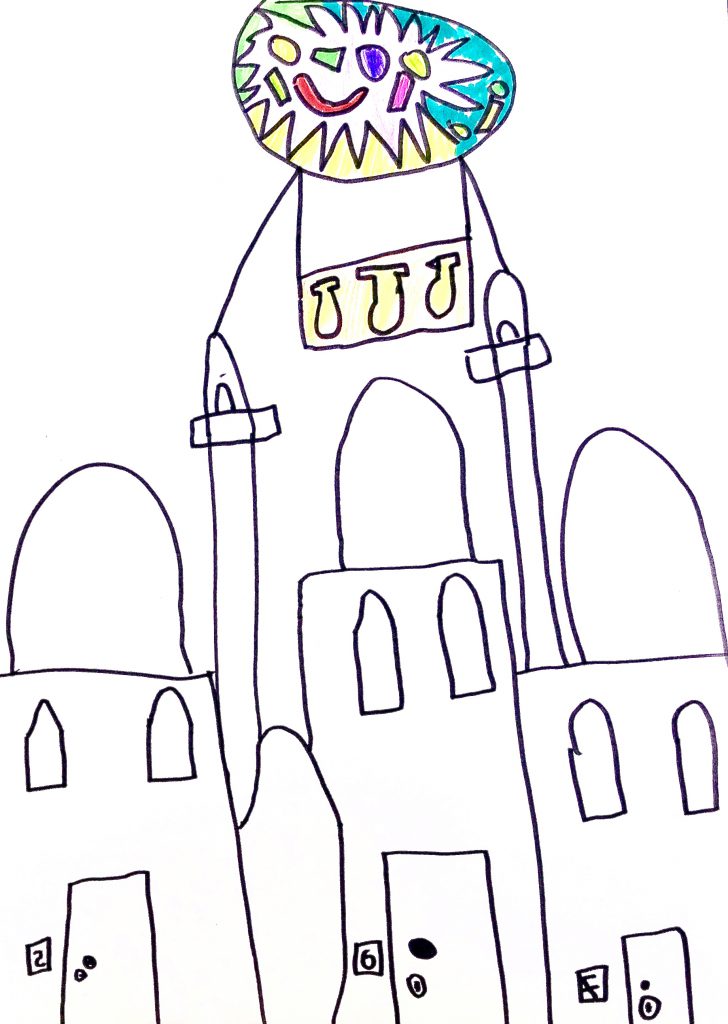
PARTAKE
UNIVERSAL BASIC FELLOWSHIP A project dealing with a new educational ideal must also ask itself how to involve as diverse a group of artists, researchers and crafts men and women as possible. For this reason, the MINDSET MANTA MACHINE will be a sociocratic project which, over the next four years (and hopefully beyond), does not aim to promote and finance a few elite projects, but rather include as many creative people as possible under the umbrella of the Laboratory for Experiential Learning (LEL).
An open nomination process will be held from fall 2020. Fellows can both be nominated or apply themselves for the proposed UNIVERSAL BASIC FELLOWSHIP Program in the Laboratory for Experiential Learning (LEL). Fellows will be selected by an international jury. The Fellowship Program will support participants by providing free accommodation and laboratory space, as well as food and a symbolic compensation for their work on the MINDSET MANTRA MACHINE.
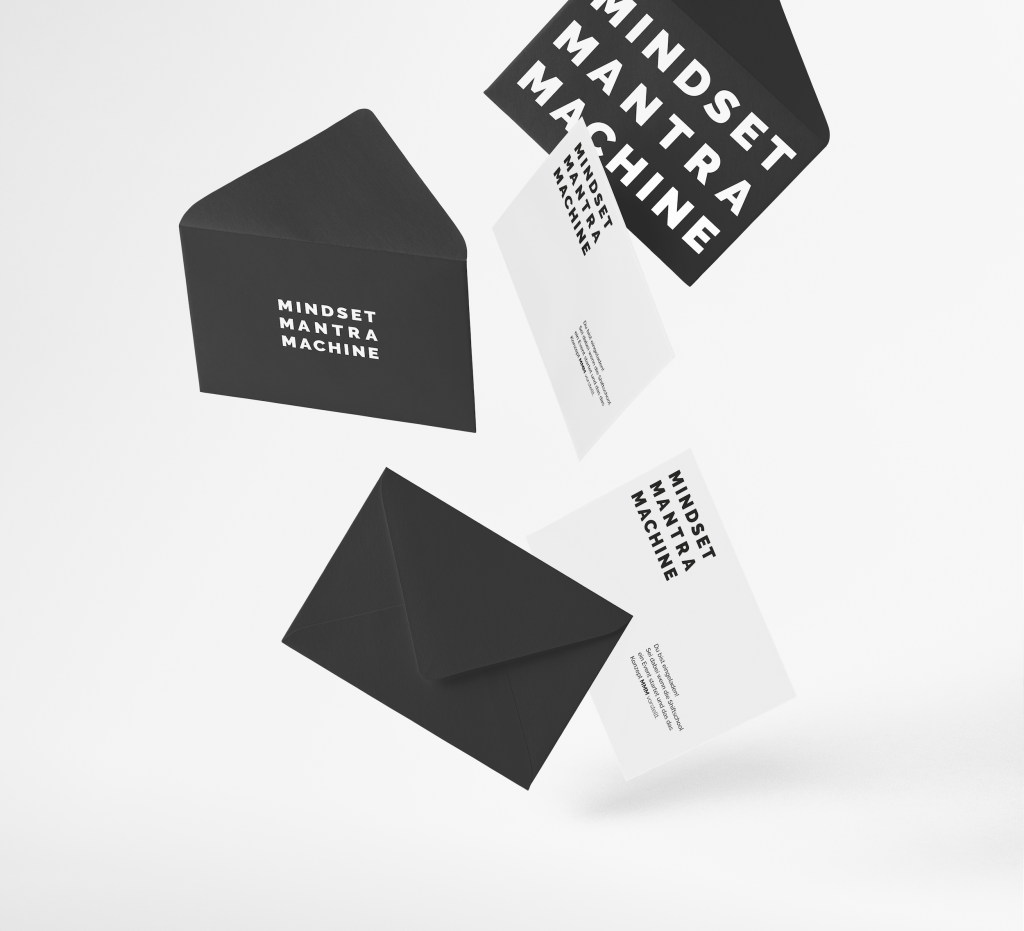

OPEN SOURCE LEARNING Each experiment conducted by the LEL will be published. No matter what the result may be. In contrast to a broad trend in science to conceal mistakes and work in silos, all LEL experiments are made transparent and discussed on an open platform. Successful concepts, formats and educational materials will be made available to all interested educational institutions in an open source approach, provided that they too share their experiences via the LEL platform, contribute their own ideas and actively participate in the development of new formats. This is how the MINDSET MANTRA MACHINE will be continuously improved. The results of the research will also be published in an interactive learning book. And hopefully the LEL will thrive in any kind of research institution in the long term: Preferably in the new TU Nuremberg in 2025.
